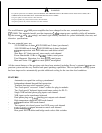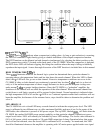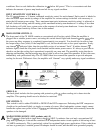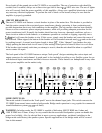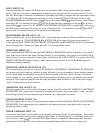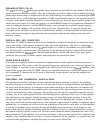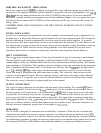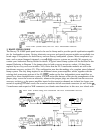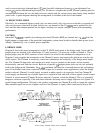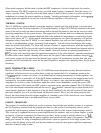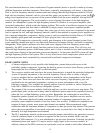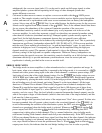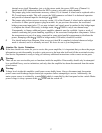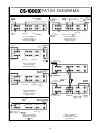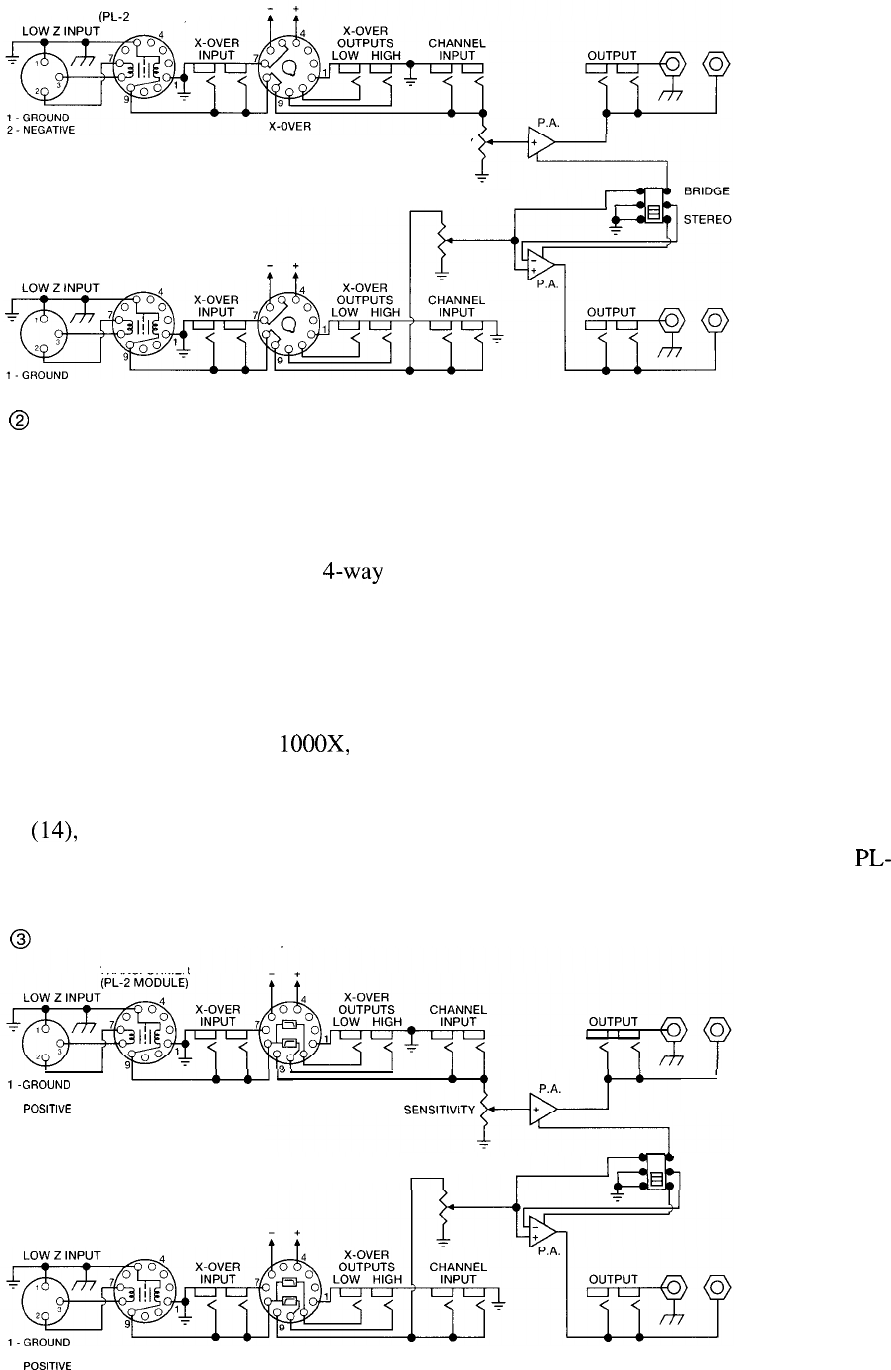
TRANSFORMER
/PL-2 MODULE)
3 POSITIVE
SENSITIVITY
SENSITIVITY
TRANSFORMER
(PL-7 MODULE)
2 NEGATIVE
X-OVER
3 POSITIVE
0
PATCH PANEL (STEREO MODE) WITH BAL. INPUT TRANSFORMER MODULES
3. BIAMP STEREO MODE
The Peavey CS-1000X patch panel can also be used to biamp and/or provide special equalization capabili-
ties for loudspeaker systems. Various electronic crossovers and special purpose modules are available in a
broad range of frequencies for both Peavey and non-Peavey loudspeaker systems. More complicated sys-
tems, such as stereo biamped, triamped, or even 4-way crossover systems are possible. We suggest you
contact your Authorized Peavey Dealer for details. A typical stereo biamp system will be discussed in this
manual. Referring to Diagram 3, the jumper plugs in both crossover accessory sockets (14) have been
replaced by two-way crossover modules. Also, notice that the PL-2 transformer modules are still in the
transformer accessory sockets (12). This configuration now has the makings of a complete stereo-balanced
biamp system. The only thing required is an additional stereo power amplifier, which, together with the
existing dual power amp sections of the CS
1000X,
makes up the four independent power amplifiers re-
quired for a stereo biamplification system. You will notice that because of the pin-out arrangements of the
jumper plugs versus the crossover networks, whenever the jumper plugs are removed from the crossover
accessory sockets
(14),
the power amplifier inputs for the respective channels are isolated (no longer con-
nected to anything). In other words, the crossover modules and all associated connectors (as well as the PL-
2 transformers and respective XLR connectors) are islands unto themselves: in this case, two islands with
@
PATCH PANEL (STEREO MODE) WITH CROSSOVER AND INPUT TRANSFORMER MODULES
TRANSFORMER
I
I-
GROlJND
2 NEGATIVE
X-OVER
3
POSlTl”E
BRIDGE
SENSITIVITY
STEREO
TRANSFORMER
(PL-2 MODULE)
2 NEGATIVE
3
POSITIVE
X-OVER
11



